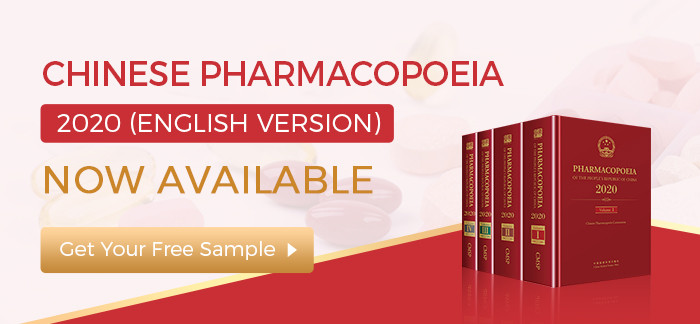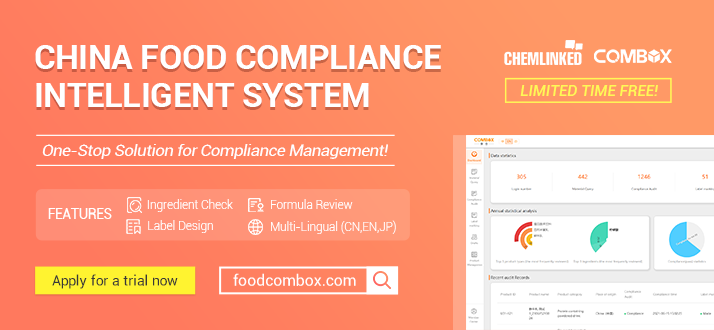CRAC-HCF 2021 Highlights:Current Status and Challenges of EU Nanomaterials Registration
With the rapid development of nanotechnology, nanomaterials are now widely used across many fields. Although nanomaterials offer technical and commercial opportunities, they may also pose risks to humanhealth and the environment. More and more attention is paid on this sector, and ECHA has tighten the supervision on nanomaterials registration. At the CRAC-HCF 2021 Virtual Forum held by REACH24H on November 11, 2021, Mr. Abdelqader Sumrein, the Science Officer from European Chemicals Agency (ECHA) introduced the current situation of nanomaterials registration in EU and the efforts made by ECHA.The EU REACH Regulation Amendment (Commission Regulation (EU)2018/1881) took effect on January 1, 2020, which outlined specific information requirements for nanomaterials registration, e.g.:
- Characterization of nanoforms or sets of nanoforms covered by the registration as per Annex VI shall be reported; and
- Each nanoform or set of nanoforms must be reported separately, including the characterization information in Annex VI and information on nanoform properties in Annex VII-X, etc.
According to Mr. Sumrein’s speech, as of October 2021, ECHA has received nanomaterial registrations or updates of dossiers for 130 substances, covering 441 different nano forms. Around 80 percent of the submitted registrations passed, of which over 90 percent have passed the second Technical Completeness Check (TTC). With the changes in nanomaterial registration requirements, registrants are facing some challenges, including:
- Distinguishing between nanoforms and sets of nanoforms;
- Addressing key parameters in a justification per set of nanoforms; and
- Addressing each information requirement for each nanoform or set of nanoforms (a.k.a. One Nanoform-One Dataset); and
- Dealing with missing information (information requirement cannot be met with existing data or adaptations and test methods for nanomaterials are under development), etc.
Regarding the challenges, Mr. Sumrein also shared ECHA’s supports to registrants, such as updates to International Uniform Chemical Information Database (IUCLID), manuals and guidance. Therefore, although the number of substances for which registrations of nanoforms were received is well below ECHA’s expectation, this number is expected to continue to increase, and new/additional registrations will be received as more companies complete their registrations or dossier updates of nanomaterials, stated by Mr. Sumrein.
Mr. Sumrein pointed out that ECHA is taking action to refine or prepare new guidance documents for nanomaterials, including Human Health Nano Guidance, Environmental Nano Guidance and Guidance on Registration and Substance ID. Some of these guidelines are expected to be released by the end of 2021 or in 2022. Registrants shall raise the awareness of nanomaterial compliance, providing safety data on nanomaterials timely to ensure that nano products can enter the European market in a compliant, safe and sustainable manner like other chemicals.




